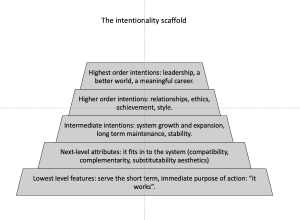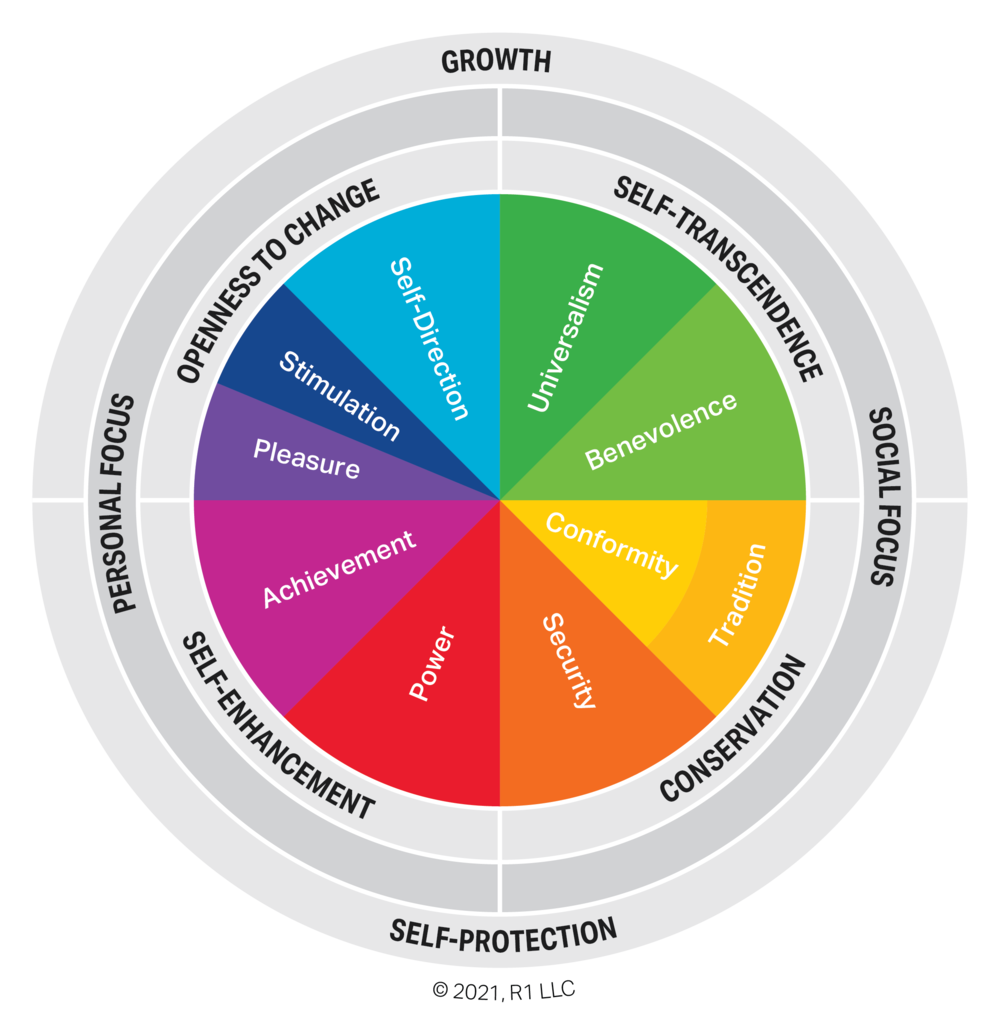A Million Regulations: The Narcissism Of Government.
Professor Deirdre McCloskey, in a recent book, tells us that
The US federal government has in place over a million regulations. One million. The Democrats say, “Add more bureaucrats….” The Republicans say, “Add more police….”
Beyond Positivism, Behaviorism, And Neoinstitutionalism In Economics; Deirdre Nansen McCloskey; The University Of Chicago Press; 2022
The Code Of Federal Regulations is 220 volumes. The hubris of a government that can concoct so many ways to control us is quite striking. They have regulations about the food we can eat, and the packages it comes in, and the ingredients listed on those packages. There are regulations to control the clothes we wear, the fabrics from which they are made and the shops from which we buy them. They control the cars we drive and the oil and gasoline we put in them and the tires we put on them. They control the medicines we take and how we access those medicines. They control the glass in the windows through which we look at the world, not to mention all the other materials with which we build our houses, and the tradespeople and practitioners of crafts whom we hire. They control the media from which we gather information. The Federal Register Index has a span from Actuarial Services to Workers Compensation Programs. There is not a single detailed aspect of daily economic life for which our hubristic government bureaucrats do not have a regulation or a rule.
The cost of this regulation is enormous, and about to become overwhelming. In a 2016 study, the US Chamber of Commerce Foundation estimated the direct cost of government regulation at $1.9 trillion, about 10% of that year’s GDP. (And, since GDP includes government spending, this is most certainly an under-estimation of the burden on private enterprise.)
Possibly more important than the direct cost is the economic waste. All regulations are an extraction from the economy. They require the allocation of administrative personnel and time to the useless tasks of compliance – filling in the forms, filing the completed forms, gathering and tracking the data the government requires for reporting, and informing others in the organization what they need to do to ensure the firm remains in compliance. These people could all be doing something productive instead. Consequently, production that could take place is excluded or neglected, and the economy is smaller and poorer and slower-growing.
And this definition of waste does not even include the wasted dollars paid in fees, and in fines for late filing, inaccuracy and other infractions.
Why does government impose this idiotic waste? For example, as an alternative, government could just impose some kind of a flat tax on GDP or gross revenues from sales, but not go to the trouble of designing, publishing, imposing, enforcing and administering their idiotic rules. Such a tax could sustain government at scale and pay for plenty of bureaucrats’ jobs, pensions and healthcare plans, without all the work.
It’s clear, then, that they enjoy the control.
It makes bureaucrats feel powerful. Their decisions are final. They dictate how the economy performs. They dictate whether or not businesses can grow. They dictate how cars are built and how cows are milked. They have ultimate power. These seedy, weedy mediocrities probably couldn’t qualify for a real job in an honest company that applies meritocratic measures to reward those who add value and discard those who don’t. Yet they are in total control. What could be more admirable? What could be more relevant to elevating themselves above the masses? Self-serving by making the regulations more complex and more all-encompassing is a natural behavior for them, and so obviously good for the economy and the country. The country needs controlling.
Over-regulation destroys much. It especially destroys the discovery and serendipity that characterizes the entrepreneurial economic activity that brings us innovation and growth.
And the damage is not restricted to the immediate effect of regulation. The damage compounds over time, as Dr. Per Bylund of Oklahoma State University emphasizes. Every regulation distorts economic activity, and shifts the interaction of supply and demand, and the interactions of entrepreneurs and customers, for as long as it is in place, multiplicatively compounding the damaging effect as each over-regulated period succeeds the previous over-regulated period.
Rent control is an easy example to think through. Rent control in a city immediately changes the economic calculation of an investor who might otherwise plan to build rental housing or invest in upgrades to an existing investment. The net present value of future cash flows changes and so the return on investment calculation changes. The investor may decide to invest in rental housing in another city where rent control does not apply, thereby permanently changing the relative economic relationship between the two cities in terms of the quality of life of citizens, and relative attractiveness to employers. Or the investor may decide to invest in an entirely different line of economic activity, thereby distorting the relationships between the rental housing sector and other sectors.
When the investor decides not to invest in the housing stock of the rent-controlled city, that housing stock will decline in relative and absolute quality. Renters may choose housing outside the rent control zone if its quality is better or more stable. Those renters may have to commute further. The markets for transportation and cars and gasoline are thus distorted. Perhaps the commuter spends less time with family as a result of the longer commute, and the kids suffer in academic achievement while the quality of life of the commuter declines because of frustration and boredom. Spending more on commuting may result in spending less on entertainment or clothing. In all cases, the demand functions and preferences of individuals are distorted with ripple effects through the local economy. These ripple effects can become tsunamis as the regulatory damage compounds over time: cities become wastelands, wastelands become criminalized, criminalization becomes social breakdown, social breakdown becomes violence.
The narcissism of government is that they don’t care one iota about these economic distortions. They care about being seen as policy designers, as engaged in that they call action, doing something. They care about appearance, not results or outcomes. When the outcomes we describe come about (as they have in many cities across the USA), politicians engage in narcissistic denial. It can’t be us. It can’t be our fault. Someone or something else must be to blame. Just look at us, we are so committed to doing the right thing.
How we wish we could expel the narcissists from government.

